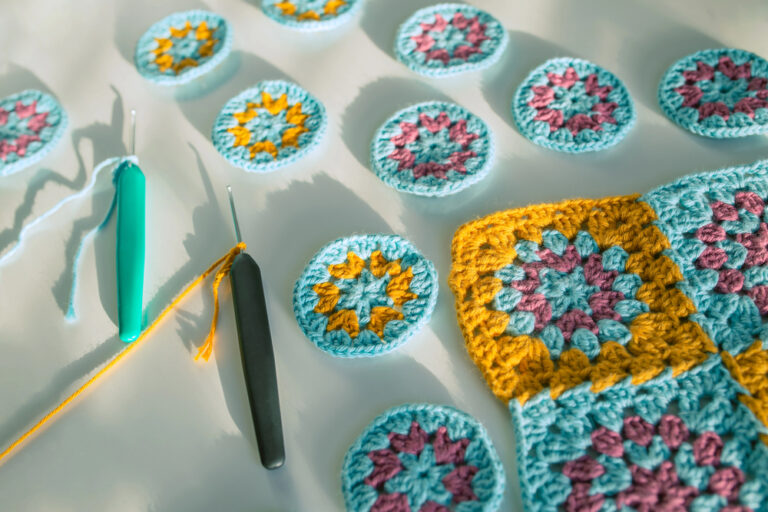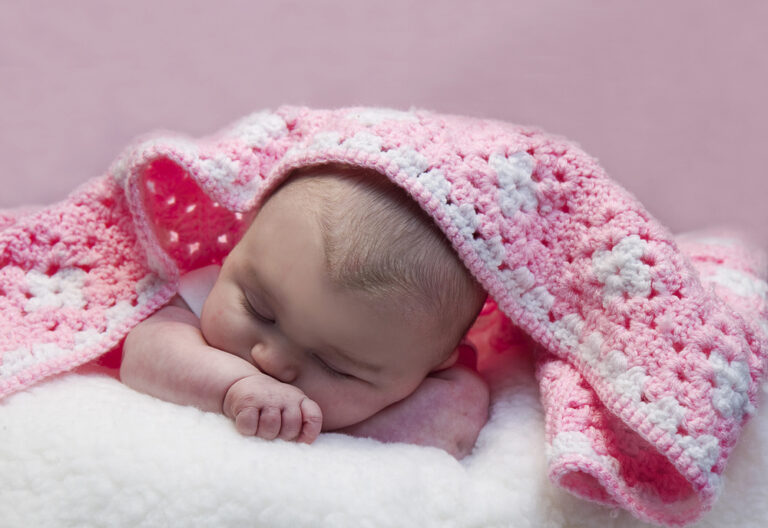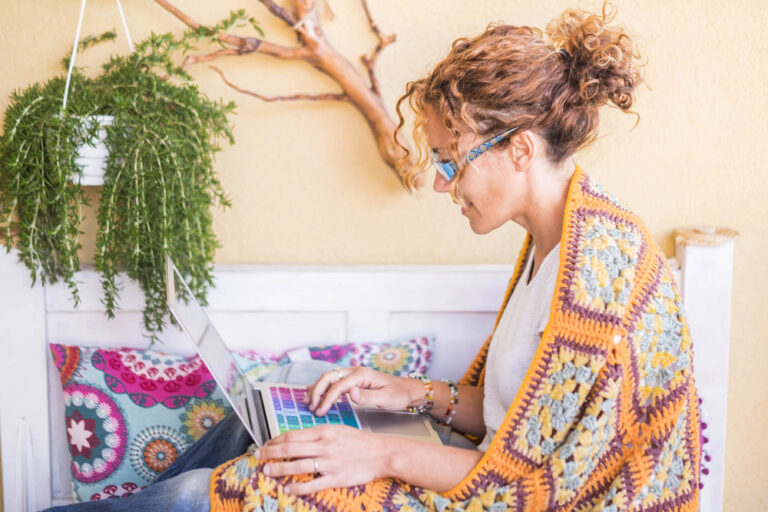Crochet Pillow Designs: 7 Cozy Creative Ideas

Crochet pillow projects sit in a sweet spot between practical décor and relaxing yarn-therapy. A pillow is small enough to finish quickly, but meaningful enough to change the feeling of a living space. Many crocheters describe pillows as the perfect weekend build: short commitment, fast wins, and high visual payoff. They refresh a room immediately, they are easy to customize for almost any design style, and they do not require the long-term stamina that blankets, sweaters, or cardigans demand.
If you enjoy crocheting, and you also enjoy seeing your creativity show up in your home in a way you can use daily, then crochet pillows are one of the most rewarding projects to make.
Table of Contents
ToggleWho This Guide Helps
| Your Skill Level | What You’ll Get |
|---|---|
| Beginner | New stitch ideas and early confidence |
| Intermediate | Structure strategies that scale |
| Advanced | Seven structural frameworks to reinterpret |
This article supports every level because a pillow is all about the structure. The stitches you choose simply decorate the structure. Beginners often think crochet is following a pattern exactly as written. Experts eventually learn that crochet is the understanding of how shapes behave, and how repeated geometry becomes fabric. Once you understand structure, you can invent your own patterns at any point.
Why Crochet Pillows Are Trending
Crochet pillows have surged during the last three years in modern décor trends including:
-
Modern clean-line interiors
-
Boho rooms with layered textures
-
Scandinavian minimalism
-
Cottagecore spaces
Reasons for the rise include:
-
Low-risk builds that do not demand weeks of energy
-
Décor you actually use daily, not a project that hides in a closet
-
Excellent for color experiments and texture experiments
-
Ideal for learning gauge control
-
Works with every yarn weight from lace to jumbo
New crocheters often stick with the hobby longer if they see a win early. Crochet pillows deliver wins because they are fast. There is something motivating about stuffing a pillow insert into a cover you made yourself. The transformation is immediate and emotionally rewarding.
Choosing Yarn For Crochet Pillows
Unlike garments, pillow covers do not need stretch, memory retention, high breathability, or special sensitivity for skin contact. Most yarns that are not itchy are acceptable for pillow covers. The highest priority elements for yarn selection include:
| Factor | Why It Matters |
|---|---|
| Pilling | Pillows get handled, leaned on, and rubbed constantly |
| Colorfast Dye | Sunlight exposure can fade unstable dyes |
| Washability | Cover should ideally be removable and machine washable |
| Weight | Bulky yarn finishes significantly faster |
The two highest-success yarn categories are cotton or cotton blends, and premium acrylic. Cotton provides crisp stitch definition and low pilling. Premium acrylic offers the lowest cost per project, is usually machine washable, and has the widest color range.
Avoid mohair or untreated wool unless the pillow is intended purely for display, because these fibers are harder to maintain and easier to distort.
Which Inserts Work Best?
-
Standard 16×16 or 18×18 inserts are the easiest to source
-
Crochet the cover slightly smaller than the insert for a fuller appearance
-
Down inserts feel luxurious but deform under pressure, so avoid them for couches
Most makers create removable covers using zippers, buttons, or an envelope fold. The benefit of removable covers is practicality. You wash the cover only. You do not wash an entire pillow form. This improves longevity and hygiene.
Seven Creative Pillow Structures
These are frameworks, not patterns. A structure is reusable. You can adapt any of these seven into your own stitch, color, or yarn style.
1) Two-Panel Classic Square
Front panel and back panel, seam around the edges, insert pillow inside, finished. This structure is flexible and forgiving. Almost any stitch works. The disadvantage is that it looks plain unless the stitch selection is interesting. Stitches that shine with this structure include moss, lemon peel, and herringbone half double crochet.
2) Single-Piece Fold-Over Sleeve
Crochet one long rectangle and fold it like an envelope. This structure produces fewer seams and aligns beautifully with stripes. It is also easy to block and easy to size. Buttons or ties can finish the closure neatly.
3) Granny Square Collage
This format became extremely popular on social media because it is colorful, modular, and expressive. Granny squares are ideal for testing color combinations, testing fiber blends, and trying unusual palettes. Block each square before joining. Blocked squares always appear more professional.
4) Textured Sampler Stitch Pillow
Make multiple small texture tiles, each the same width and height, then join them as a single panel. Use stitches such as popcorn, bobble, basket weave, waffle stitch, or raised post cables. Even beginners can build a pillow that looks advanced when textures are combined in a grid.
5) Circle-Into-Square Mandala Pillow
This structure begins as a round mandala and becomes square in the final rows. Gradients, variegated blends, and slow color transitions show extremely well in this format. Adding surface slip stitching highlights individual geometry lines and adds dimension without additional yarn bulk.
6) Tapestry Crochet Pillow
Single crochet only. The visual complexity comes from changing colors in the yarn, not complicated stitches. You can create pixel art, minimal modern line work, retro checkerboards, hearts, mushrooms, diamonds, and text. Tapestry pillows photograph beautifully and tend to perform well in online craft shops.
7) Three-Dimensional Sculpted Texture
Use chunky bobbles, ridges, braids, starburst clusters, or puff petals. Monochrome beige, stone, white, or charcoal works well here. This style pairs minimal color with maximum texture. Surprisingly, it is often easier than tapestry because there is only one yarn ball to handle.
Why Crochet Pillows Anchor A Space
Large surfaces define a room. Small surfaces personalize it. This is one of the most overlooked principles in interior design.
A handmade pillow communicates intention, care, and human energy. One pillow can shift a room because the human brain interprets handcrafted objects as warmth and presence.
Professional Finishing Rules
Always do these three:
-
Block the panels
-
Use mattress stitch to join seams
-
Make the cover removable
Professionals think about maintenance, not perfection. A pillow cover designed for washing gets used. That is the difference.
Final Encouragement
Every pillow is an experiment in color, construction, and identity. Choose one structure. Begin tonight. You are one weekend away from décor that reflects you.
Reference
Related Posts
- Crochet Basket: 6 Practical Ways to Display
- Crochet Tutorials: 8 Inspiring Lessons to Level-Up Fast
- Crochet Blanket: 9 Cozy Patterns Beginners Love




